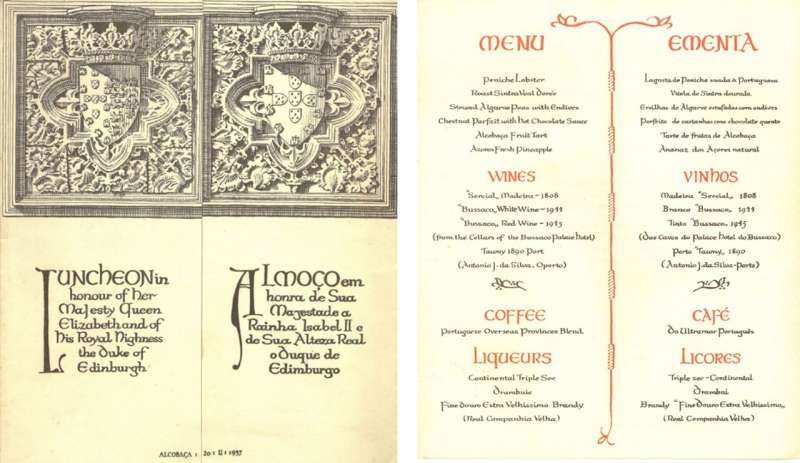
Food has long served as a medium for political expression, fostering alliances and sometimes creating tensions. A recent study from researchers in Portugal has explored how menus from diplomatic dinners, state banquets, and receptions over the last century have reflected and influenced the country’s foreign policy. This research, detailed in the journal Frontiers in Political Science, highlights the symbolic nature of food in diplomacy.
According to lead researcher Óscar Cabral from the Basque Culinary Center, “Those meals play a significant role as diplomatic institutions in the execution and continuity of Portuguese foreign policy.” The study examined menus from 457 diplomatic meals spanning from 1910 to 2023. While no single culinary strategy emerged, distinct patterns were noted during various historical periods.
During the early half of the 20th century, lavish meals often showcased French cuisine. However, by the latter half of the century, there was a notable shift toward incorporating Portuguese ingredients. This transition was particularly evident during the Estado Novo period from the early 1950s to the early 1960s. Cabral noted that this era saw meals designed to promote Portuguese gastronomy and national identity. A striking example was the 1957 ‘regional lunch’ for Queen Elizabeth II, featuring local dishes like lobster and fruit tarts from Peniche and Alcobaça.
The study also highlighted how menus can convey political messages. For instance, during the COP25 climate summit in Madrid, dishes were deliberately named to reflect urgent climate concerns, such as “Warm seas. Eating imbalance” and “Urgent. Minimize animal protein.” This strategic use of food emphasizes how culinary choices can serve as a form of communication beyond mere sustenance.
As Portugal’s former colonies gained independence, the understanding of Portuguese cuisine evolved. The study found that references to colonial origins were often removed, reflecting a shift in identity. For example, coffee was simply labeled without indicating its country of origin, signaling a departure from colonial associations.
Functions of Diplomatic Meals
The researchers identified five main functions of diplomatic meals. Tactical meals are often linked to territorial negotiations, while geopolitical meals aim to renew alliances. Economic diplomacy meals focus on strengthening commercial relationships, and cultural proximity meals serve to bolster ties with countries sharing similar cultural backgrounds, particularly Portuguese-speaking nations.
Cabral explained that menus can be crafted to highlight shared gastronomic traditions, such as Cozido à Portuguesa (Portuguese stew) or various codfish recipes. Integrating Portuguese gastronomy into national diplomacy is seen as crucial to shaping global perceptions of the country’s culture.
The study also raises intriguing questions about seemingly contradictory menu choices. For example, roast beef was served to the Indian president in 1990, and Consommé de presunto de Barrancos—a soup made from cured ham—was presented to King Felipe VI of Spain in 2016. This highlights the complexities of culinary diplomacy, where hybrid dishes reflect both cultural identity and the challenge of navigating culinary traditions.
In conclusion, the research underscores how national cuisines can be strategically leveraged to enhance a country’s global standing. While the study is limited by the availability of historical materials, it opens avenues for future research into the nuances of culinary diplomacy. As Óscar Cabral articulates, “Our study illustrates how national cuisines can be strategically used to strengthen a country’s global standing.”
For further insights into this study, see “Power for dinner. Culinary diplomacy and geopolitical aspects in Portuguese diplomatic tables (1910-2023)” published in Frontiers in Political Science.







